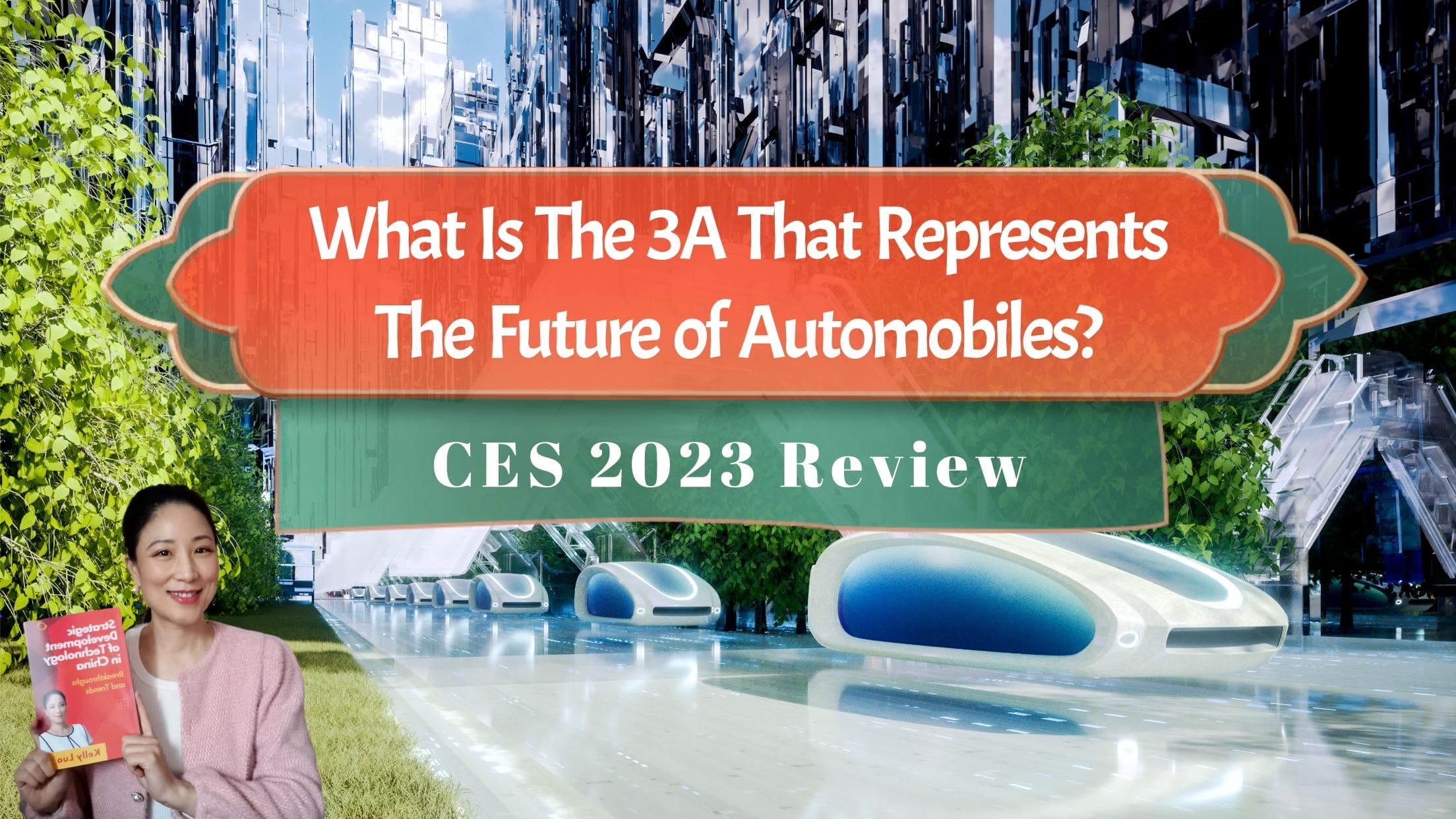What Is the 3A that Represents the Future of Automobiles? CES 2023 Review KellyOnTech
The annual Consumer Electronics Show (CES) can be regarded as a testing ground for breakthrough technologies and global innovators. I have previously introduced the Mercedes-Benz concept car AVTR — Avatar, Advanced Vehicle Transportation, which was exhibited at the previous CES exhibition, and related technology — the origami robot Robogami.
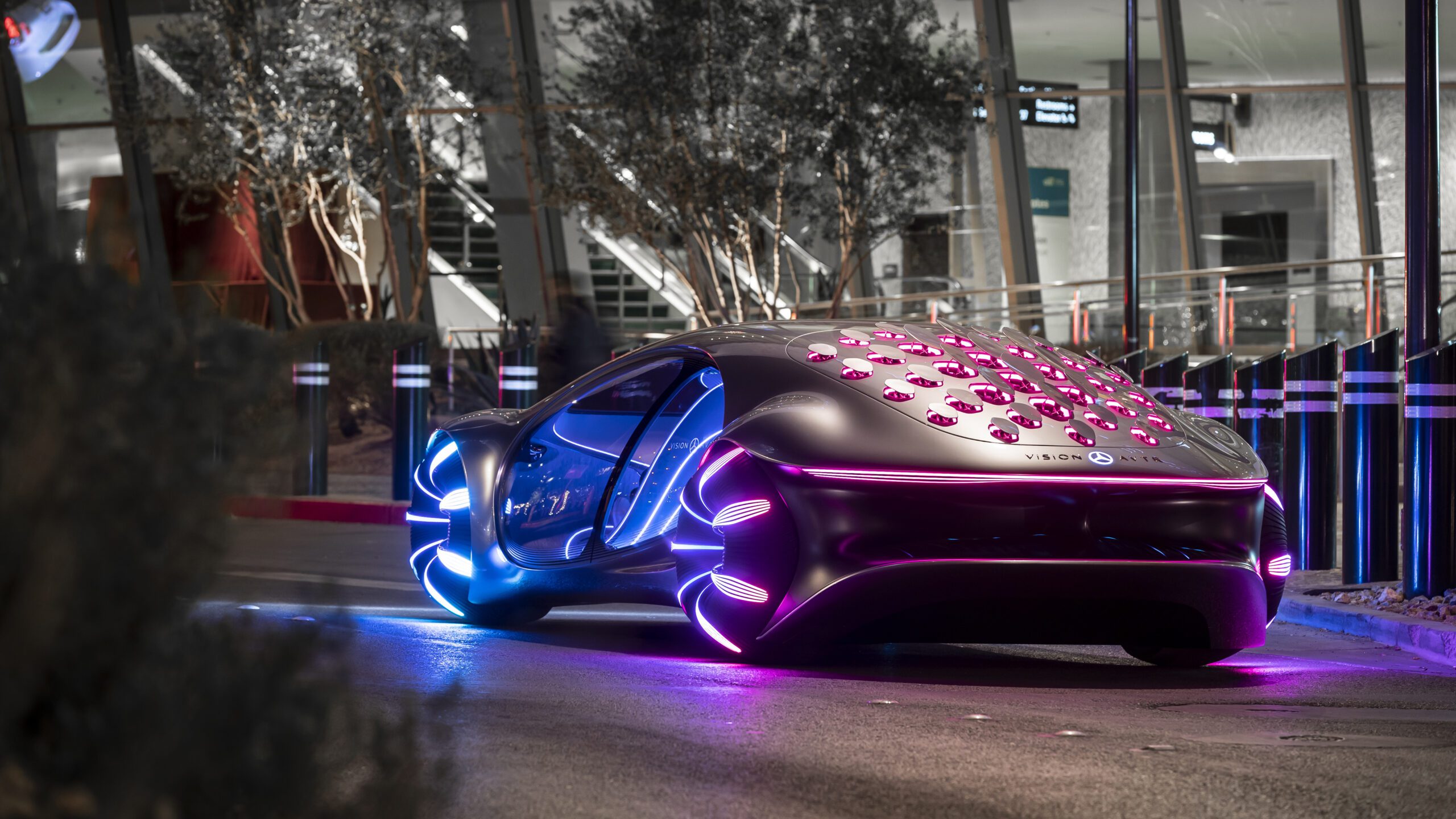
Today, let’s review the concluded CES 2023 with the 3A, which represents the future of automobiles, namely: Augmentation, Affinity and Automation.
01 Augmentation
What is it that automakers want to enhance?
It is the experience of digital emotions, that is, the experience in the virtual world of the Metaverse extended to our physical world. For example, BMW’s concept car iVision Dee allows you to choose the exterior colour of the car according to the weather, or your mood when driving that day, and so on. BMW describes it as the world’s first “colour-changing” car.
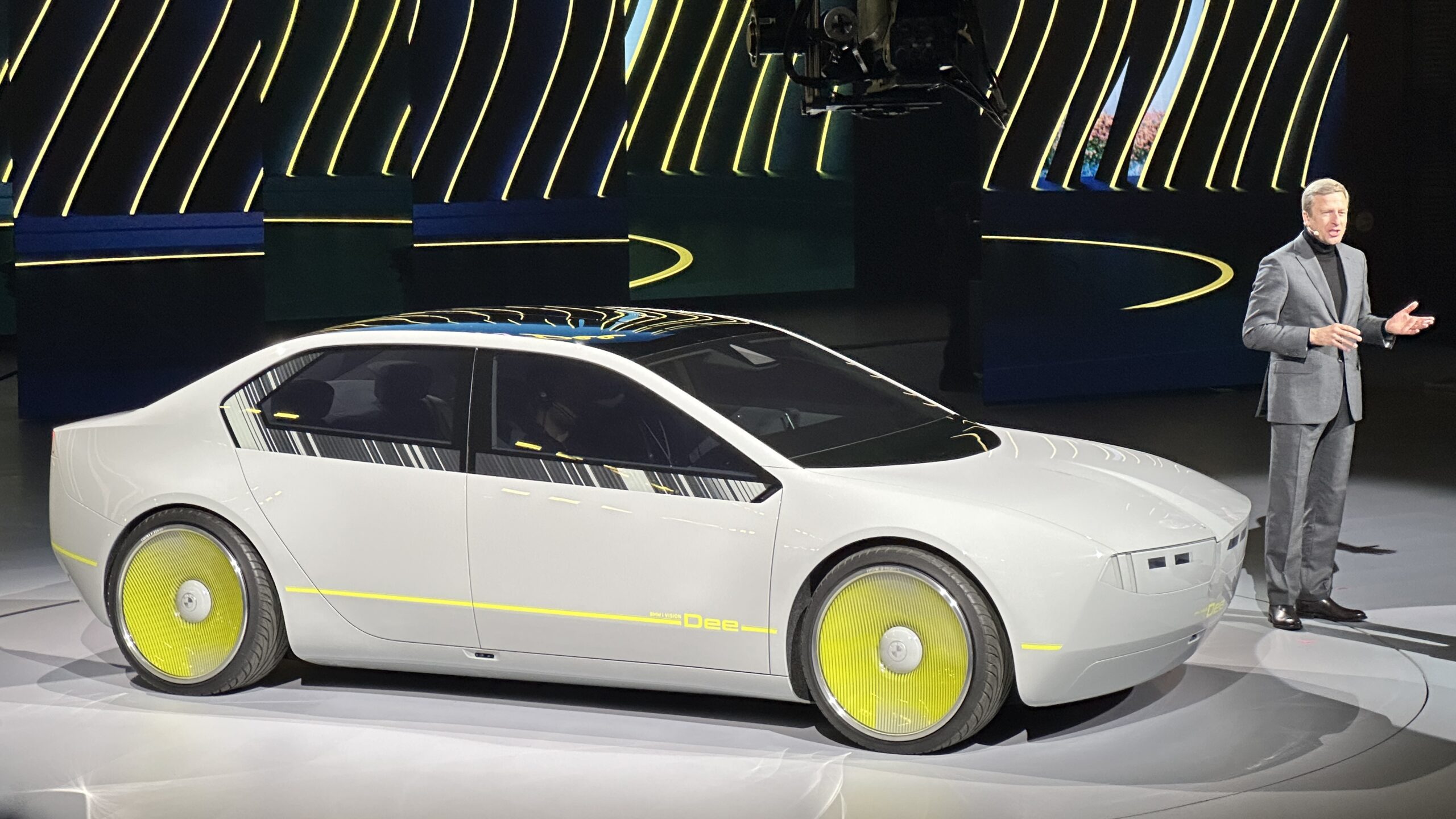
Dee’s body has 240 different panels that can cycle between 32 different solid colours, with mix-and-match capabilities.
In addition, what automakers want to augment is the car view, using real-time AR overlay navigation technology. If real street views are not your thing while driving, the BMW iVision Dee starts with driving-related information, adds content from the communication system, and continues with augmented reality projections until it enters a completely virtual world.
Which Technology Is Used in the BMW iVision Dee Body Colour Change?
The outer layer of the BMW iVision Dee is covered with a thin film made of electronic paper. The technology is provided by E Ink Corporation. The company was co-founded in 1997 by Joseph Jacobson, a professor at the MIT Media Lab, and several students. E-paper reality technology is widely used in mobile devices such as e-readers, digital signage, smart watches, mobile phones, electronic shelf labels and building panels.
Dee’s surface coating contains millions of microcapsules that are about the thickness of a human hair. Each of these microcapsules contains a negatively charged white pigment and a positively charged black pigment. Depending on the settings chosen, stimulation via an electric field causes white or black pigments to accumulate on the surface of the microcapsules, giving the car body the desired hue.
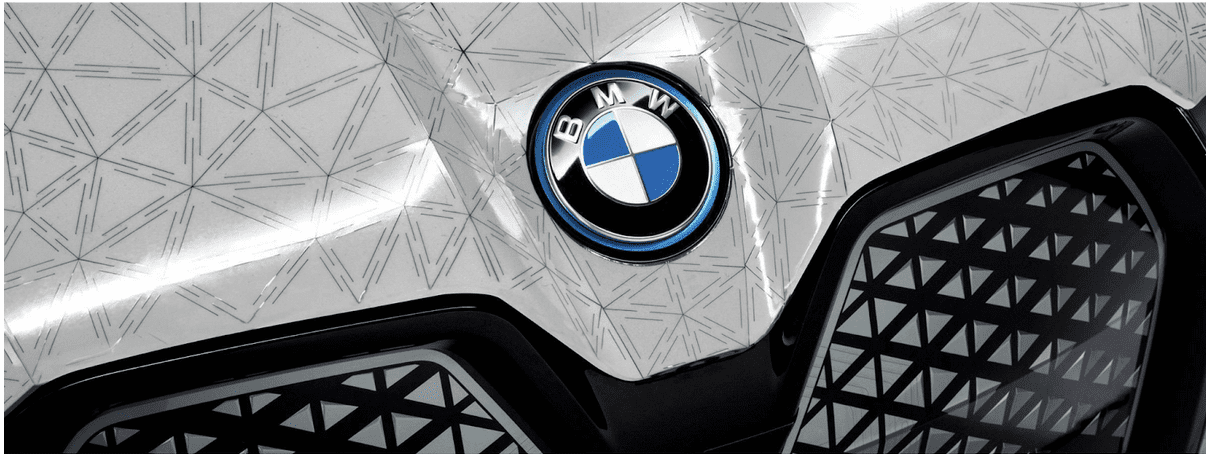
To achieve this effect on the car body, many precisely assembled pieces of e-paper need to be applied. A generative design process was implemented to ensure that the parts reflected the vehicle’s characteristic contours and the resulting changes in light and shadow. Generative design algorithms enable the necessary formability and flexibility to allow the e-paper to fit perfectly within the vehicle’s design lines. Laser cutting technology ensures high precision in generating each segment. After applying the segments and connecting the power supply for the stimulating electric field, the entire body is heated and sealed to ensure optimal and uniform colour reproduction during each colour change.
In addition, the electronic coating is “ultra-low power consumption”, so changing the colour of the car will not consume a lot of electric vehicle power.
02 Affinity
Still using BMW iVision Dee as an example. Affinity is reflected in the human experience. For example, the car can automatically recognize you, welcome you with your exclusive avatar on the driver’s side window when you approach the car, and automatically open the door for you.
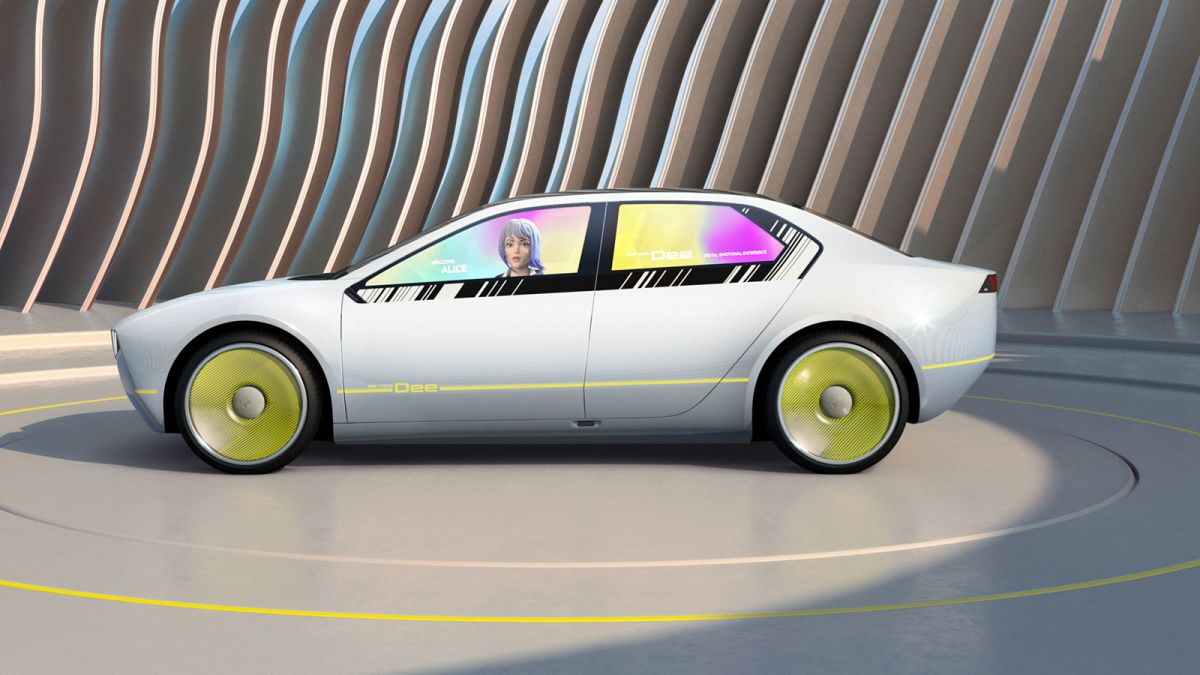
And during your driving, it provides a conversational companionship experience throughout the journey. Like your friend, it talks to you in real time. That’s why the car is also nicknamed Talking BMW.
03 Automation
As for automation, major automakers are racking their brains to make cars smarter. Take Afeela, a concept electric car jointly launched by Sony and Honda which will be mass-produced in the spring of 2026. There are a total of 45 cameras and sensors inside and outside the car, monitoring the surrounding environment 360 degrees all the time.
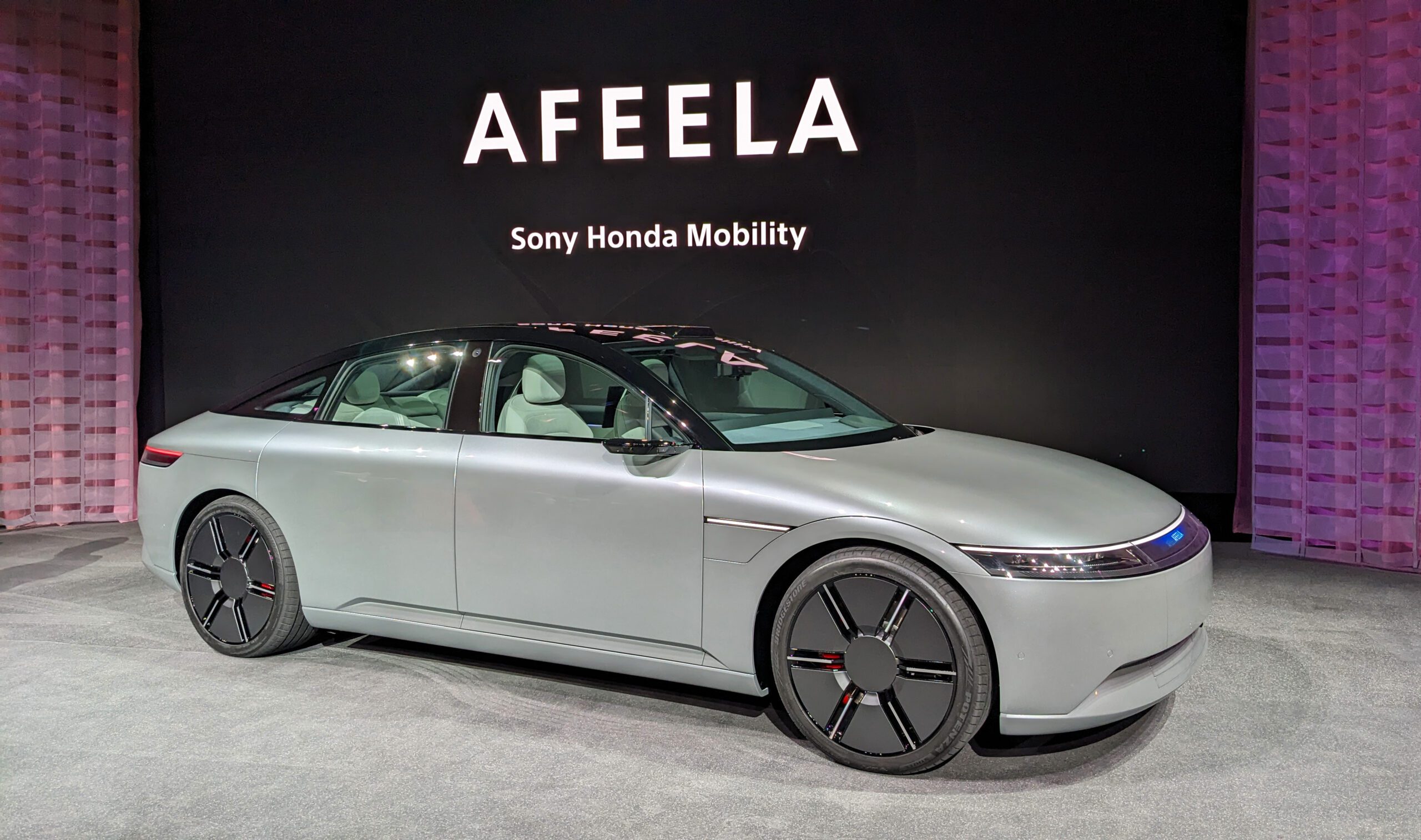
The car offers a range of smart hospitality to ensure you feel at home in the mobile world. For example, the doors open automatically when you approach the car. Sensors inside the car automatically recognize who you are, and in addition to adjusting the seat and steering position, it also automatically adjusts the acoustics based on your physical characteristics. Moreover, the car can implement natural driving control for safe and reliable driving. Let’s wait and see!
What else do you think about the future of automobiles, you are welcome to leave your comments.
Tag:KellyOnTech, technology

